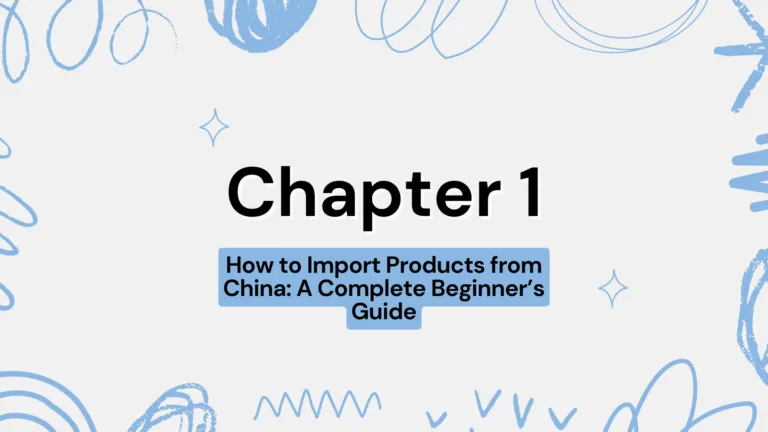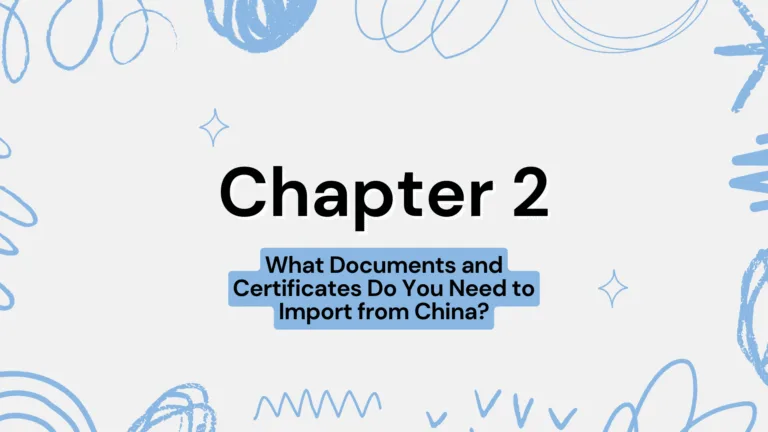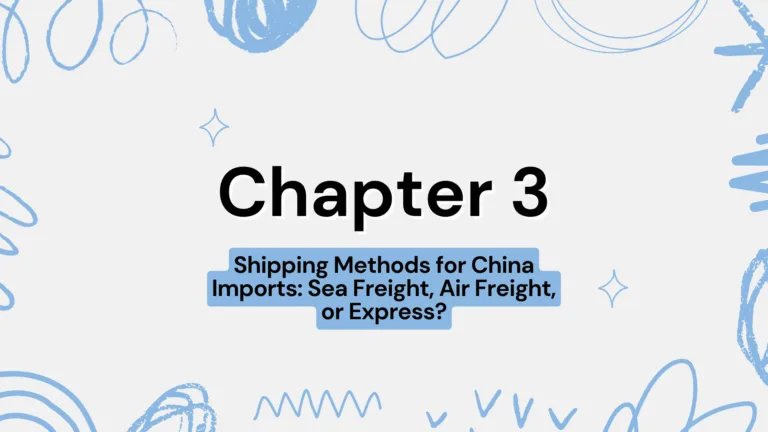Importing from China offers huge opportunities for businesses worldwide, but it’s also full of risks. Many importers lose money due to avoidable errors. By understanding the most common China import mistakes, you can reduce risks, save costs, and build a long-term sourcing strategy.
This article highlights the top 10 import mistakes buyers make in China and provides practical solutions to help you avoid them.
1. Choosing the Wrong Supplier
The biggest mistake importers make is choosing suppliers based only on price. Low-cost vendors may deliver poor-quality products or miss deadlines.
How to avoid it:
- Verify suppliers through platforms like Alibaba Verified.
- Request business licenses and compliance certificates.
- Start with small trial orders.
2. Ignoring Product Quality Standards
Products must meet the legal standards of your country. Many buyers overlook this, leading to customs rejections or fines.
How to avoid it:
- Research safety and compliance standards (e.g., CE, FDA, RoHS).
- Ask suppliers for valid certificates.
- Conduct third-party inspections.
3. Misunderstanding Incoterms
Incoterms like FOB, CIF, and EXW define responsibilities for shipping, insurance, and customs. Misunderstandings often cause disputes.
How to avoid it:
- Learn the basics of Incoterms.
- Confirm shipping terms in writing.
- Work with an experienced freight forwarder.
4. Skipping Product Samples
Some importers skip samples to save time. This often results in receiving bulk goods that don’t match requirements.
How to avoid it:
- Always request pre-production samples.
- Test samples for durability and quality.
- Approve them before mass production.
5. Poor Communication
Cultural differences and language barriers lead to misunderstandings about product specifications or payment terms.
How to avoid it:
- Write contracts in clear, simple English.
- Confirm key details in writing.
- Hire a sourcing agent or translator if necessary.
6. Overlooking Hidden Costs
Shipping fees, customs duties, and warehousing costs often surprise first-time buyers.
How to avoid it:
- Ask for a complete cost breakdown.
- Check import duty rates with your local customs office.
- Budget for warehousing, packaging, and distribution.
7. Not Protecting Intellectual Property
Counterfeit risks remain high in China. Without proper IP protection, your designs or logos could be copied.
How to avoid it:
- Register trademarks and patents in China.
- Use NDAs (non-disclosure agreements).
- Partner only with suppliers who respect IP rights.
8. Weak Contracts
Relying on verbal agreements or vague POs (purchase orders) is risky.
How to avoid it:
- Draft detailed bilingual contracts (English + Chinese).
- Include penalties for delays or quality failures.
- Get local legal advice if necessary.
9. Lack of Quality Control
Skipping inspections is one of the most costly China import mistakes. Many importers only realize the problem when goods arrive damaged.
How to avoid it:
- Hire third-party QC companies like QIMA.
- Inspect during production and before shipment.
- Approve goods only after passing QC tests.
10. Failing to Plan for Delays
Delays due to Chinese New Year, supply chain disruptions, or shipping congestion are common.
How to avoid it:
- Plan your orders months ahead.
- Maintain safety stock.
- Work with multiple suppliers to reduce dependency.
📊 Comparison Table: Mistakes vs Solutions
| Mistake | Solution |
|---|---|
| Choosing wrong supplier | Verify credentials, trial orders |
| Ignoring quality standards | Request compliance certificates, inspections |
| Misunderstanding Incoterms | Learn shipping terms, use freight forwarders |
| Skipping samples | Always test pre-production samples |
| Poor communication | Use clear contracts, translators, sourcing agents |
| Overlooking hidden costs | Full cost breakdown, customs check |
| Not protecting IP | Register trademarks in China, use NDAs |
| Weak contracts | Detailed bilingual contracts, penalties included |
| Lack of quality control | Third-party inspections, staged QC |
| Failing to plan for delays | Order early, maintain safety stock, diversify suppliers |
Réflexions finales
Avoiding these China import mistakes is crucial for long-term success. From supplier selection to shipping arrangements, every step matters. By following these strategies, you can reduce risks, control costs, and build stronger supplier relationships.
👉 For more insights, check out our guides on how to source products from China et building long-term partnerships with Chinese suppliers.





